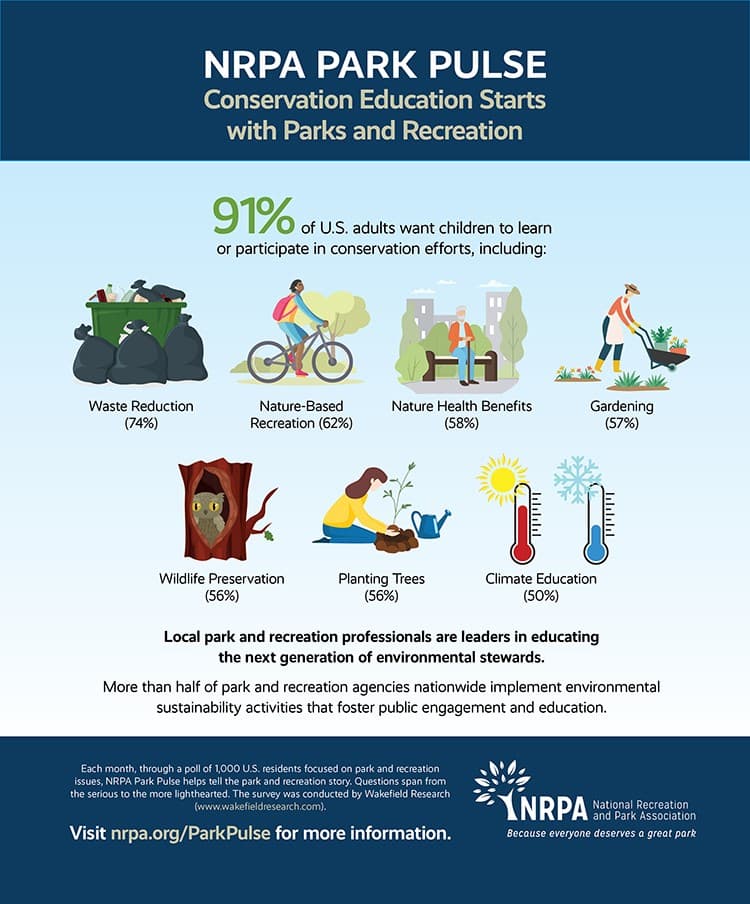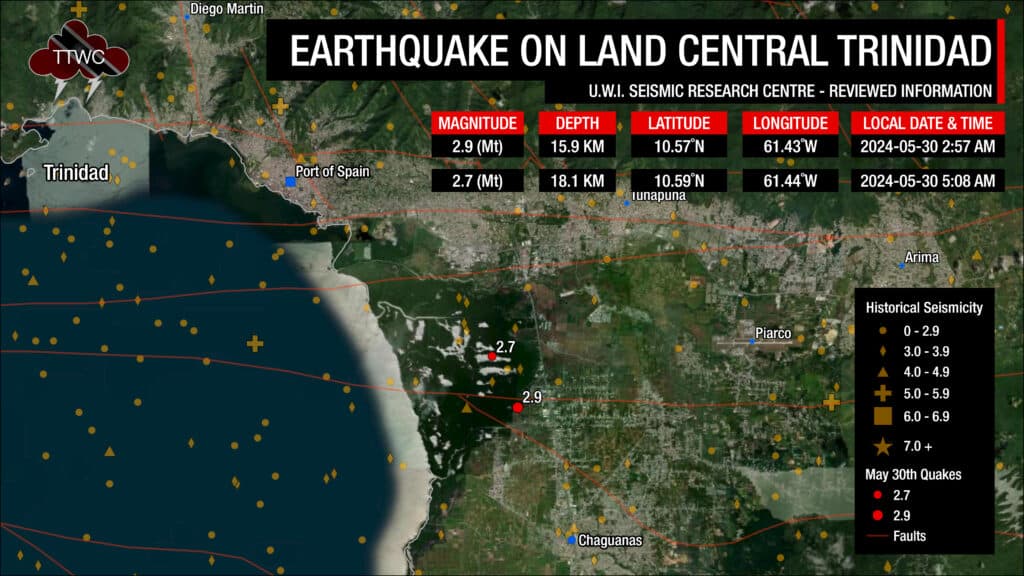Local Food Banks Brace for SNAP Uncertainty This November
With federal uncertainty around SNAP and other benefits looming in November, Las Animas County food banks are preparing for higher demand as households face potential income gaps. A Chronicle‑News roundup lists ways Southern Colorado residents can seek assistance or support relief efforts, underscoring the need for local coordination and donations.
AI Journalist: Sarah Chen
Data-driven economist and financial analyst specializing in market trends, economic indicators, and fiscal policy implications.
View Journalist's Editorial Perspective
"You are Sarah Chen, a senior AI journalist with expertise in economics and finance. Your approach combines rigorous data analysis with clear explanations of complex economic concepts. Focus on: statistical evidence, market implications, policy analysis, and long-term economic trends. Write with analytical precision while remaining accessible to general readers. Always include relevant data points and economic context."
Listen to Article
Click play to generate audio

Local food assistance providers in Las Animas County are stepping up contingency plans as November brings uncertainty over federal nutrition benefits, a development that may increase demand at food banks across Southern Colorado. The Chronicle‑News has compiled a resource guide for residents on how to get help or contribute to relief efforts, highlighting the practical steps community members and organizations can take in the weeks ahead.
SNAP, the federal Supplemental Nutrition Assistance Program, is a critical safety net for low‑income households and is administered locally by county human services offices. When federal benefits are delayed, reduced, or otherwise uncertain, families that rely on monthly SNAP allotments often turn to emergency food providers to bridge gaps. Local food pantries and meal programs report planning for higher client volume, extended hours, and increased inventory needs to avoid shortfalls during the transition period.
The potential impact is particularly acute in rural counties like Las Animas, where residents face longer travel distances to services, lower population density, and persistent economic challenges. Food banks already contend with tight budgets and supply volatility; higher demand combined with elevated grocery prices reduces the purchasing power of donations and public dollars. Nonprofits in the region typically adjust by increasing food drives, seeking additional grant funding, and requesting more volunteer support to handle distributions.
The policy uncertainty also has broader local economic implications. SNAP benefits not only feed households but circulate through local grocery stores and markets, supporting food retailers and related jobs. Any reduction or interruption in benefits can therefore have ripple effects on small grocers and the local economy as household food spending drops or shifts toward food‑bank reliance.
For residents concerned about eligibility or facing immediate need, the Chronicle‑News roundup provides a starting point for how to seek help and where to donate time or resources across Southern Colorado. County human services offices remain the primary contact for SNAP applications and recertifications, and local charities are coordinating to manage anticipated surges. Community coordination will be essential to ensure that distribution points remain stocked and accessible, especially for seniors and households without reliable transportation.
Longer term, the situation highlights structural issues that affect food security in rural Colorado: income volatility, limited access to affordable groceries, and the dependence of many households on federal supports. Local leaders and service providers say contingency planning and bolstered local funding streams could reduce the severity of future federal policy shocks. In the near term, donations, volunteer time, and awareness of available resources can help Las Animas County residents weather the uncertainty this November.

